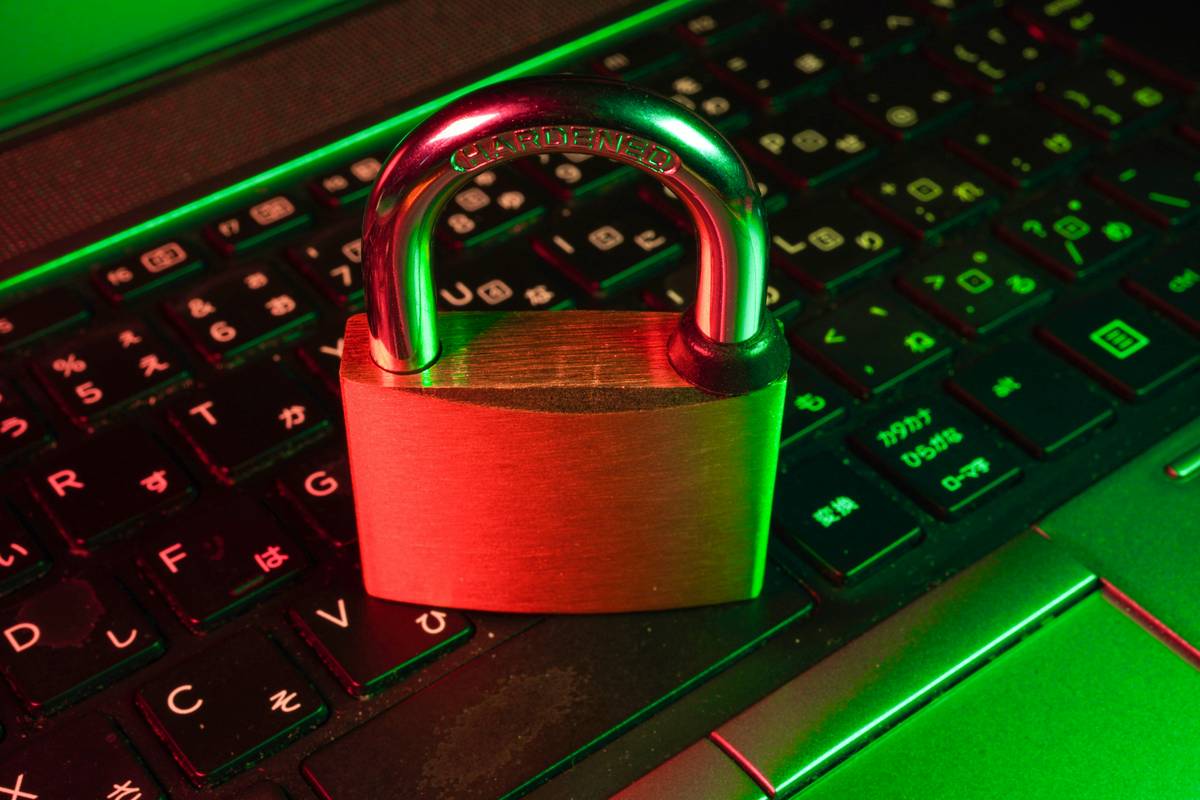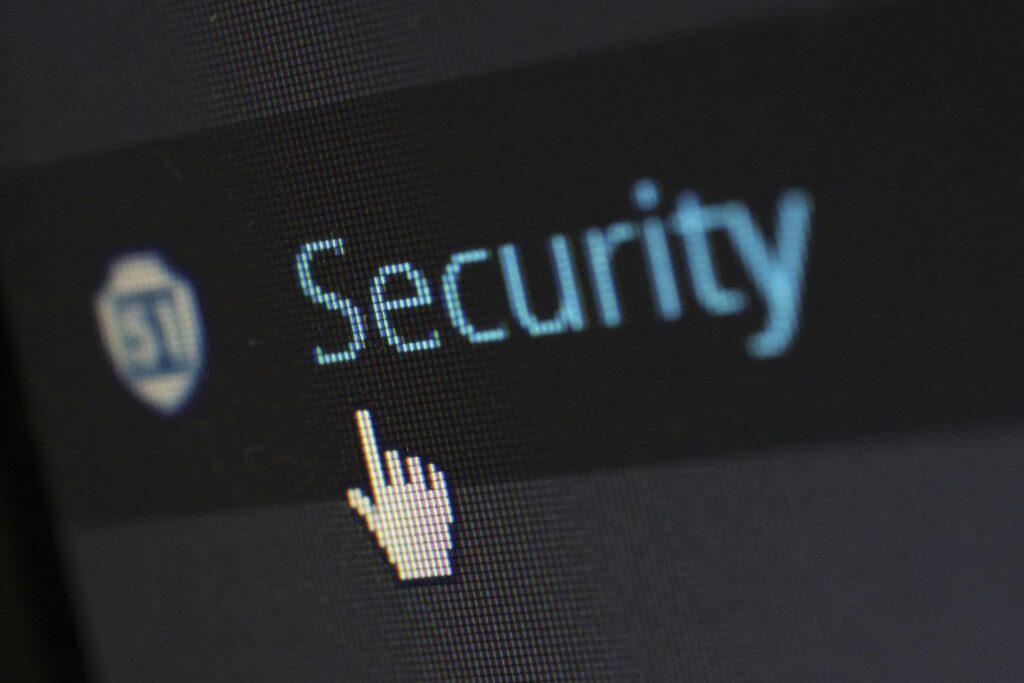Ever clicked on a suspicious email and immediately felt that sinking stomach sensation? You’re not alone. In 2023, phishing attacks surged by over 61%, targeting businesses and individuals alike. Yet many organizations still treat phishing awareness programs as an afterthought—until it’s too late. But what if I told you these programs are your secret weapon against devastating cyberattacks?
In this post, we’ll explore why phishing awareness matters more than ever, how to build an effective program step-by-step, and some brutally honest tips along the way. Buckle up; your data’s life depends on this.
Table of Contents
- Introduction to Phishing Awareness Programs
- Why Phishing Awareness Programs Matter
- How to Build an Effective Phishing Awareness Program
- Best Practices for Successful Implementation
- Real-World Examples of Impactful Programs
- Frequently Asked Questions About Phishing Awareness Programs
Key Takeaways
- Phishing awareness programs reduce human error, the #1 cause of breaches.
- Interactive training methods boost retention better than dry manuals.
- A well-executed simulation can cut susceptibility rates by up to 75%.
- Consistency and reinforcement are key—don’t let curiosity kill the click!
Introduction to Phishing Awareness Programs
Let me be real here—I once fell for a phishing scam myself. A colleague sent me what looked like a legit Google Doc link. Spoiler alert: It wasn’t. Instead of opening a file, I gave hackers access to my entire inbox. Talk about facepalming so hard it hurt.
This confessional fail taught me two things: First, no one is immune to clever scams. Second, investing in solid phishing awareness programs isn’t just smart—it’s essential. Let’s dive into why.

Figure 1: The alarming rise in phishing attacks year-over-year.
Why Phishing Awareness Programs Matter
“Optimist You:” “Oh, we’ve got firewalls and antivirus software—we’re good!”
“Grumpy Me:” “Nope, none of those stop someone who clicks ‘Enable Macros.’”
The truth? Humans are often the weakest link in cybersecurity defenses. According to Verizon’s Data Breach Investigations Report, 82% of breaches involve human elements. Yikes.
Cybercriminals exploit our trust, curiosity, or even laziness (hello, reused passwords) through emails designed to trick us. Without proper education, employees might unknowingly hand over credentials, download malware, or worse—wipe out company servers.
That’s where a structured phishing awareness program comes in. It trains people to spot red flags before disaster strikes.
How to Build an Effective Phishing Awareness Program
Step 1: Assess Your Current Weaknesses
Start with simulated phishing tests tailored to mimic recent attack trends. For instance, craft emails pretending to come from HR or IT support. Track who falls for them to identify vulnerable areas within your team.
Step 2: Develop Engaging Training Modules
No one wants to read another boring PDF. Use interactive tools like gamified quizzes, videos, and live demos instead. Tools like KnowBe4 or Mimecast make learning fun while reinforcing critical skills.
Step 3: Reinforce Regularly
Cybersecurity threats evolve fast, so does employee memory fade. Schedule monthly refreshers and update materials frequently to keep knowledge sharp.

Best Practices for Successful Implementation
- Make it Personal: Customize examples based on roles (e.g., finance teams get fake invoices).
- Create Safe Spaces: Encourage reporting mistakes without fear of punishment.
- Show Real Consequences: Share anonymized stories of breaches caused by phishing.
- TERRIBLE TIP ALERT: Don’t rely solely on annual workshops—they’re forgettable AF.
Real-World Examples of Impactful Programs
Take Xerox, for example. They implemented a robust phishing awareness initiative, combining simulations with engaging e-learning modules. Within six months, their click-through rate on fake phishing emails dropped by 75%. That’s money saved—and reputations preserved.
Another case? An SMB accounting firm that went from zero training to regular mock drills. After a close call with ransomware, they invested heavily in continuous education. Their reward? Zero successful phishing attempts since implementation.

Frequently Asked Questions About Phishing Awareness Programs
Q: How long should a phishing awareness program last?
A: Ideally forever! Continuous updates ensure ongoing protection against new tactics.
Q: Can small businesses afford these programs?
A: Absolutely. Many affordable solutions exist for smaller budgets. Think ROI—not cost.
Q: What makes a program truly effective?
A: Interactive content, consistent testing, and leadership buy-in make all the difference.
Conclusion
Remember when I said my own phishing slip-up felt like watching my laptop fan go nuclear during a 4K render? Well, setting up a stellar phishing awareness program feels like finally fixing that overheating issue—it gives peace of mind.
To recap:
- Assess vulnerabilities first.
- Train consistently using interactive tools.
- Monitor results and adapt strategies.
So grab that coffee, set aside judgment, and start protecting your organization today. Because trust me, prevention beats cure every time.
Like finding floppy disks at a garage sale,
These phishing tricks aren’t relics—they’re alive.
Educate now, or regret later—just saying.


